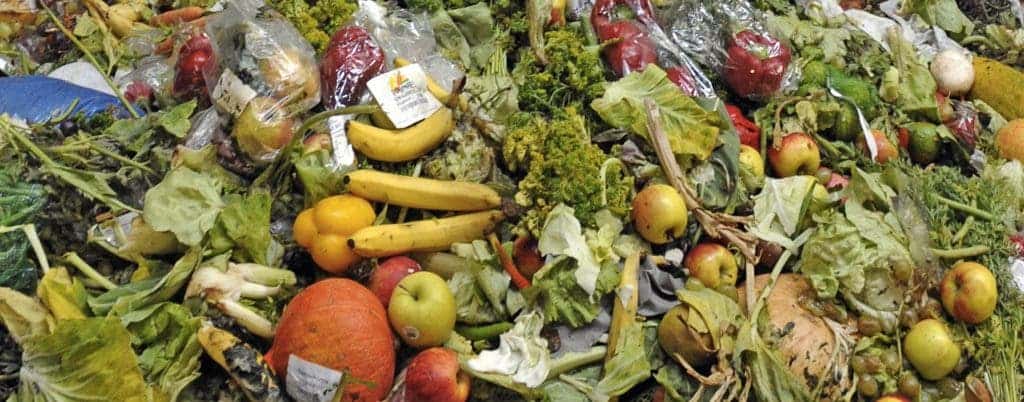
Tesco recently hit the news once again in a whirlwind of controversy as it was revealed that the UK supermarket giant wasted 28,000 tonnes of food in the first half of 2013.
As most of us would guess, the common wastage culprits were the typical items we’re all guilty of forgetting about, failing to use or allowing to go pass their sell-by dates, such as bagged salad and bakery goods.
Understandably the news has sparked argument amongst the general public, with some vehemently blaming the supermarkets and others stating that we should all start taking more responsibility for our meal planning and purchasing.
Because while Tesco could certainly make more effort to implement ‘food saving’ measures, a substantial amount of wastage occurs within the home. According to Tesco, 35% of bagged salad is thrown out by consumers at home, 17% is lost in the field and 15% is lost through processing.
Tesco have since acknowledged their role in helping to stem food wastage and have pledged to reduce the amount of frivolous offers held as well as changing salad packaging to re-sealable bags. So supermarket blame aside, what can we do within our own homes to ensure we’re utilising our food in the most efficient way possible?
Get Storage Savvy
Separating packs of meat into portions for freezing can seem annoying when you’ve just dragged in 5 grocery bags, but it not only saves you money through reduced wastage, but also helps you to control your portion sizes. We all know that cooking and attempting to eat a full pack of sausages is tempting when they’re about to go out of date (before failing and binning them!), so by separating your meat you’ll be able to defrost and eat only what you need to use.
You can also use separating your meat as a quick way to create tasty meals – simply pop some chicken into a food storage bag and pour in some of your favourite marinade (or make your own with lemon, garlic, rosemary and olive oil), give it a shake, allow to marinade for 4-12 hours before popping in the freezer. You’ll have a tasty piece of meat to simply defrost and pop in the oven.
Get Creative With Your Leftovers
Trust us, getting creative with your leftovers is seriously ‘chef-like’, you can create really sophisticated flavours by using odd and ends you’d usually throw away. A little almost-ready-to-throw-out cured meat such as bacon or chorizo is beautiful when added to stews, pasta sauces and pizzas and meagre lumps of cheese make a fantastic topping when grated and mixed with breadcrumbs.
Don’t Be Seduced By Offers
‘Buy one get one half price’ toilet paper might be great, but the same principle doesn’t always apply to perishables such as yogurts. Do you really need extra items than you’d usually purchase? If no then don’t be drawn in by offers which will ultimately end up wasted.
Scale Back On ‘Refrigerator’ Only Products
If you’re guilty of throwing away fresh fruit and salad regularly, then consider opting for dried, canned or frozen varieties instead, they can be really useful for bulking out a meal and adding to cereals. There’s a great range of frozen vegetable choice out there and in many cases they’ll be advertised as picked then frozen quickly to retain maximum nutrients. You’ll also get much more out of 1 pack than if you purchased fresh, saving money too. Of course, fresh fruit and vegetables are important, but if you’re typically throwing them away then try to replace some of your regulars with frozen varieties.
Of course, we don’t need to tell you what you already know, if you’re well aware of the products that regularly end up in the bin, then consider changing your purchasing habits to something you can keep fresher for longer or opt for a freezer-friendly substitute. It’s also worth seeing if any shelters or charities near you could do some with help, that way if you’re faced with a ‘mass leftover’ generated stew then you can feed your family and offer support to the homeless too.
Victoria is writing on behalf of Resource and Environmental Consultants (REC) Ltd. REC specialise in a range of corporate environmental services and air quality assessments.







